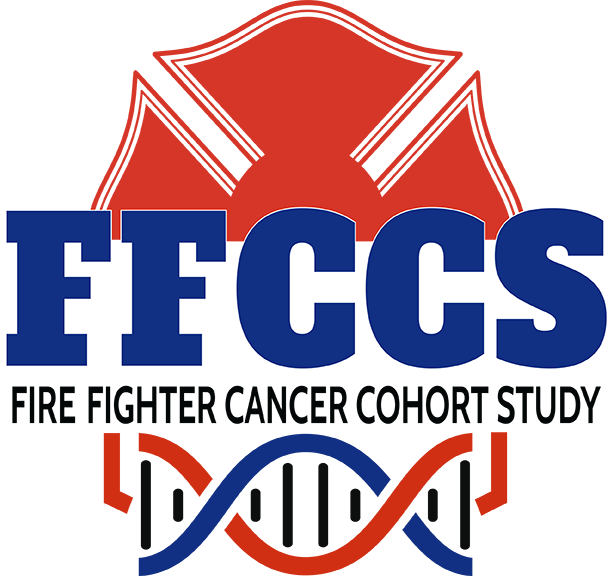Contact Us
- Jeff Burgess, MD, MS, MPH
Director, Center for Firefighter Health Collaborative Research
Professor, Mel and Enid Zuckerman College of Public Health
University of Arizona - E-mail: This email address is being protected from spambots. You need JavaScript enabled to view it.
Copyright © 2024 Fire Fighter Cancer Cohort Study
The views expressed on the FFCCS.org website are those of the authors and do not necessarily represent or reflect the views of the University of Arizona, University of Miami, Rutgers, the State University of New Jersey, Centers for Disease Control and Prevention (CDC) National Institute for Occupational Safety and Health (NIOSH), the Fire Protection Research Foundation, or any U.S. Fire Service. The FFCCS does not endorse any products or services.
